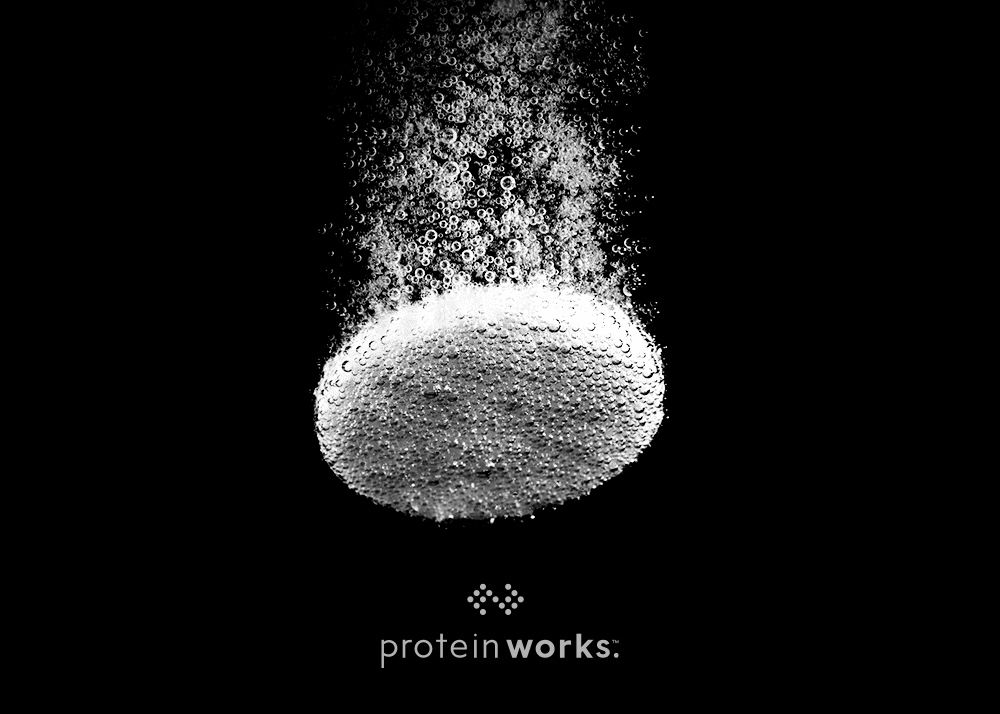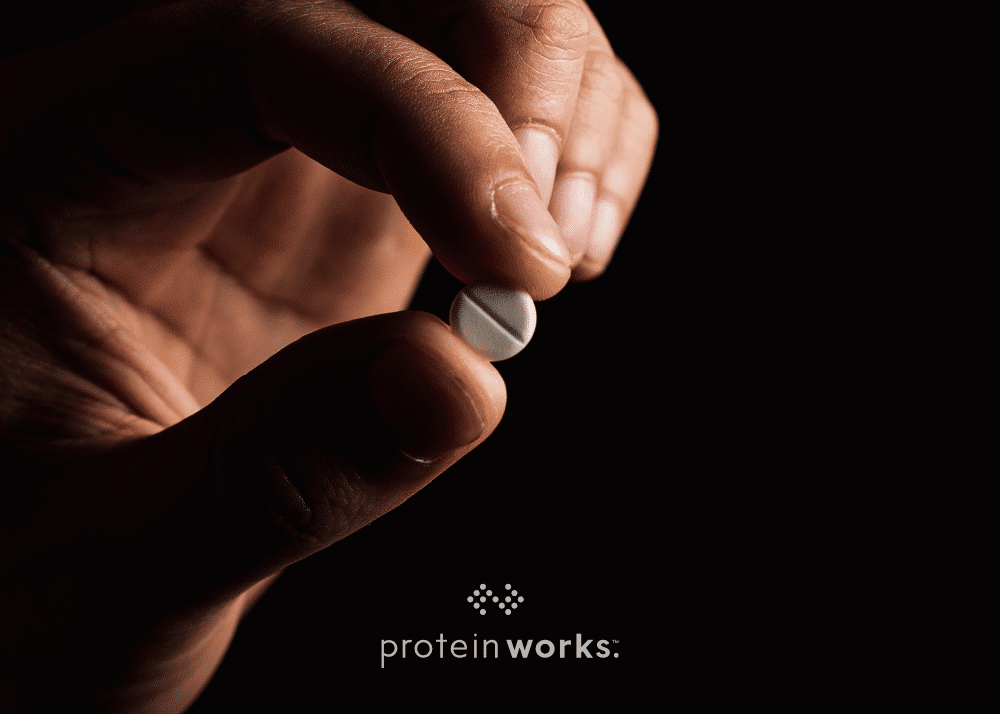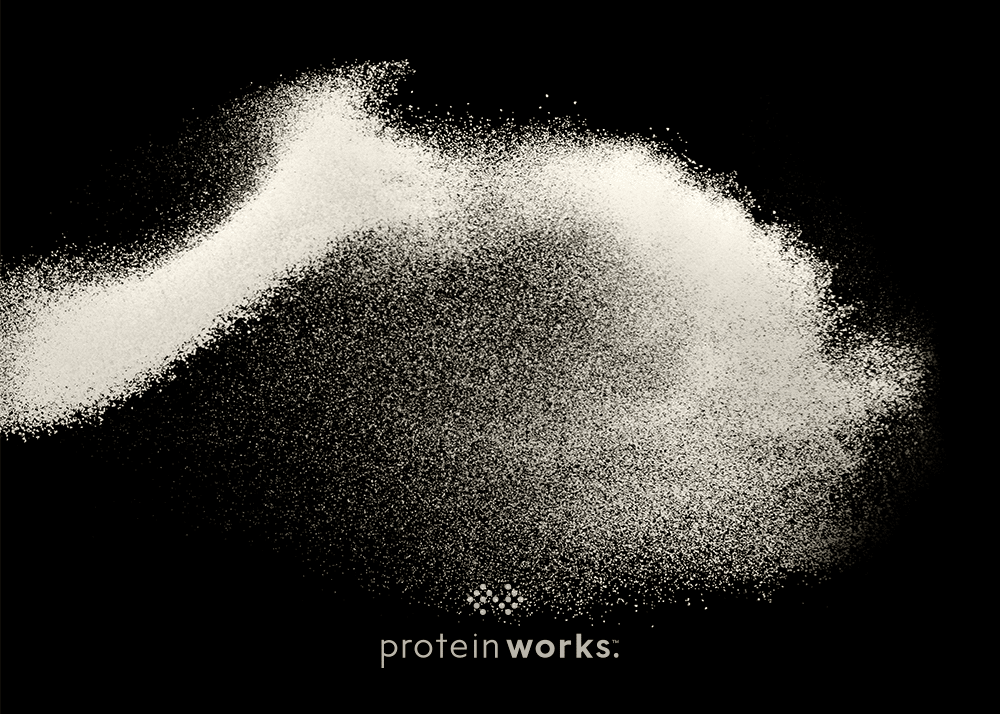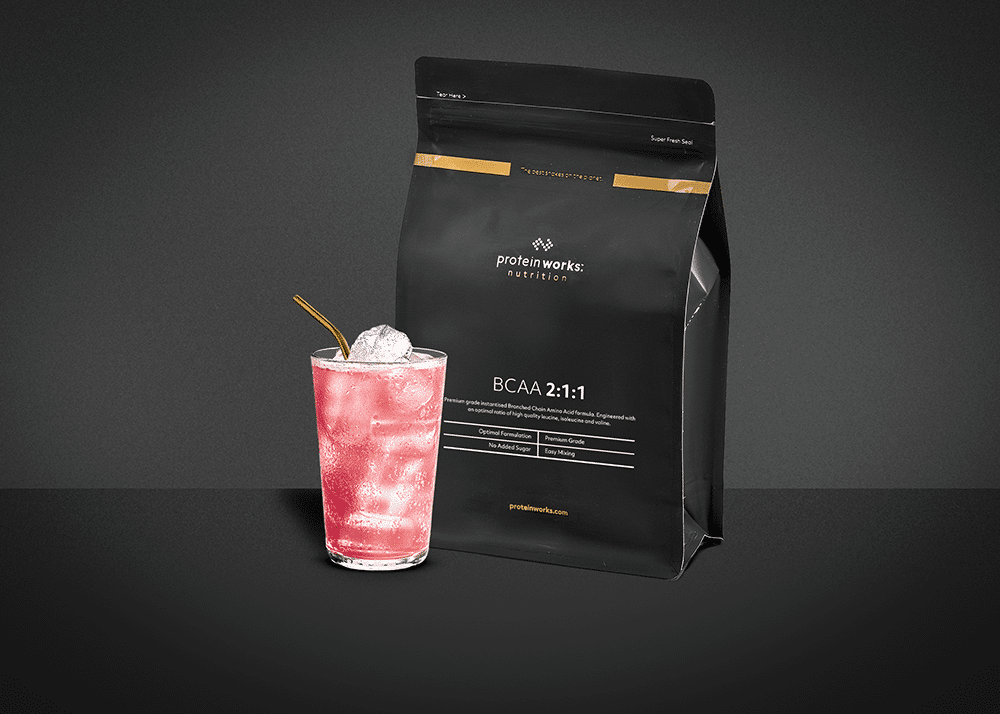Creatine Monohydrate is one of the most well-researched supplements in fitness, shown by ~70% of studies to be a significant ergogenic aid (improves performance) to various exercise protocols. And yet speak to most and its effects will be narrowed down to ‘Creatine makes you bigger’ and ‘you just retain water’. Whilst these will occur as part of supplementation, there is so much more to this underrated nitrogenous compound than simple cellular swelling. This article we will look into what Creatine Monohydrate is, its benefits, and who should look at using it.
Beyond the Bulk
‘Cutting’ is about energy balance; if you consume fewer calories than you expend, you will lose weight – simple physics. Creatine is linked to body weight gain, due to an influx of water into the cells and consequent cell swelling, however, if you’re in a calorie deficit and you do not undertake a ‘loading phase’ of 20g per day, then weight gain is highly unlikely. So should CrM be used in a cutting cycle? In short, yes, and we are about to delve into why.
What Does Creatine Do? Phosphocreatine (PCr) and ATP (Energy)
Creatine is a nitrogenous compound stored in the muscle of mammals and fish, ~95% within skeletal muscle (making animal meat a good source). Within humans 60% of this is stored as Phosphocreatine (PCr) and 40% as Creatine. For maximal or supramaximal exercise <30s the body utilises the anaerobic energy systems. This consists of stored ATP (the bodies’ energy source), the ATP-PCr system and the Anaerobic Glycolytic system. Performing exercise at this intensity does not allow enough time to generate energy (ATP) utilising the more sustainable aerobic (with Oxygen) pathways. An instant source is required. This is where Creatine comes into play. Phosphocreatine (PCr) is responsible for the resynthesis of ATP (Adenosine Triphosphate) from ADP (Adenosine Diphosphate), providing a rapid energy source. Energy is derived when a phosphate is ‘cleaved’ from ATP, the breaking of the bond releasing energy and leaving ADP.
The Creatine Kinase enzyme facilitates a reaction between ADP and Phosphate to resynthesize (re-create) ATP. Both stored ATP and PCr are 88-100% depleted following 5-8s of maximal effort, it takes 30-60s for ~50% recovery and ~5 minutes to fully recover. By supplementing with Creatine Monohydrate we can increase the availability of body Creatine stores from 125mmol.kg to 160mmol.kg, enhancing our ability to both produce and sustain Peak Power Output, Time to Exhaustion and Repeated Maximal Efforts, as well as the Rate of Force Development i.e. how quickly we can generate force. An added bonus is that by exposing ourselves to this greater level of Creatine, we elicit a faster resynthesis of PCr, allowing a far enhanced recovery of our anaerobic system.
During anaerobic exercise, there is an accumulation of metabolites such as Lactate and H+ ions. The accumulation of H+ ions will lead to the inhibition of energy production and a lowered ability to perform optimally. A secondary benefit of CrM is the removal of these H+ ions during PCr resynthesis, 1 H+ ion consumed for every PCr created. Something for you endurance athletes to consider!
Creatine’s Impact on Muscle Contractility
Supplementation leads to an increased power and strength. Creatine positively affects our muscles contractile proteins. Myosin and Actin, found within the Sarcoplasmic Reticulum (SR) of the Skeletal Muscle, bind to produce muscle contraction via a process known as the ‘Sliding Filament Theory’. This occurs when Calcium is released in the Sarcoplasmic Reticulum, binding with Troponin to move Trypomyosin proteins, uncovering myosin binding sites. Actin and Myosin can then bind and ‘contract’ in a process known as cross-bridging.
But why is this important?
A good question – Creatine increases the Calcium uptake in SR, improves Myosin Heavy Chain and Actin protein synthesis and so promotes a more rapid, stronger contraction of the muscle.
And what does this mean for me?
This means a more explosive lift, an ability to perform maximal lifts more frequently, a faster recovery, and an increased training volume – all of which lead to new PB’s!
Can Creatine Support Lean Body Mass

And what drives this retention of nutrients?
The much-maligned ‘water retention’. The ‘swelling’ of cells with Creatine intake is due to an influx of water. However, it is not just water that is drawn to the cells. Creatine Monohydrate causes an increased osmatic pull of cells, drawing in vital nutrients alongside the water e.g. Leucine. Influx of water to cells has also been linked with improved hydration, prolonging exercise capacity.
Creatine’s Role In Recovery
As we have mentioned before, recovery is enhanced with supplementation. Research highlighting a decreased muscle catabolism (muscle breakdown), allowing for an improved repair of damaged tissue. Muscle damage, particularly Exercise-Induced Muscle Damage (EIMD), is believed to accelerate muscle degradation, resulting in a ‘leakage’ of muscle proteins (such as Creatine Kinase) into the bloodstream, blunting glycogen resynthesis and subsequent high-intensity exercise.
Creatine can limit EIMD. This is achieved through improvement to the stability of the cellular phospholipid membranes, preventing ‘leakages’ due to a more robust structure. Interestingly, in studies involving older populations, Creatine has been shown to delay muscle atrophy (wastage) linked to sarcopenia, increasing muscle retention.
Creatine Side Effects/Safety
In healthy subjects, Creatine supplementation has been shown to have no adverse effects on renal function or endocrine enzyme activity. The major side effects seem to occur in the form of diarrhoea and Gastrointestinal distress, generally during a loading phase and this needs to be monitored upon commencement of supplementation.
Take Home Points
· Creatine aids muscle retention, Lean Body Mass and muscle growth
· Creatine is critical for strength and power athletes
· Creatine helps endurance athletes, buffering H+ ions and increasing the ability to produce peak power output (sprint finish)
· Creatine increases muscle contractility – useful in all athletic pursuits
· Creatine aids recovery
· ‘Water retention’ actually has many health benefits
· For ageing populations Creatine Monohydrate may blunt muscle wastage
To further expand your knowledge on this fantastic supplement – check out our other article Creatine: The Ultimate Guide To This Well Known Supplement
We have a wide range of creatine powders here









No Comments yet!